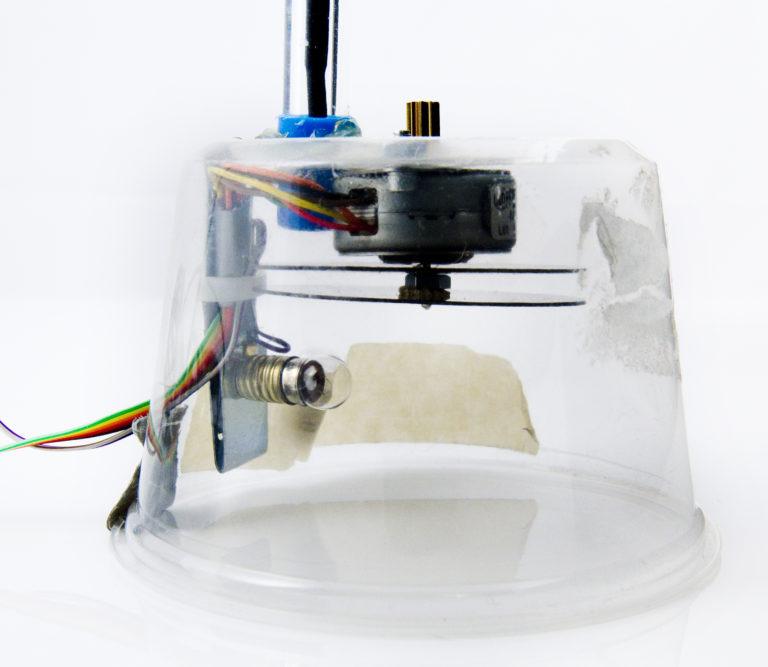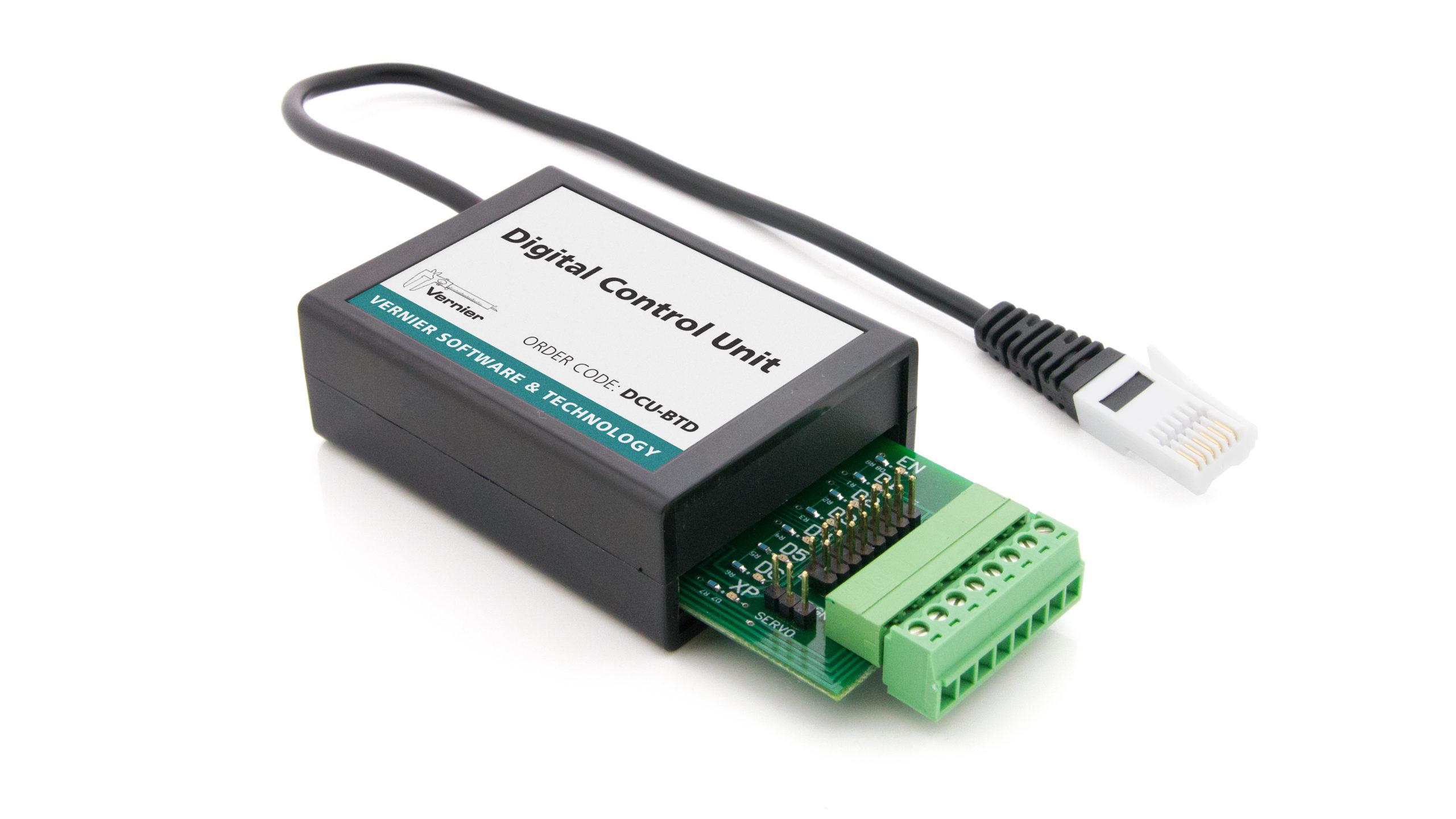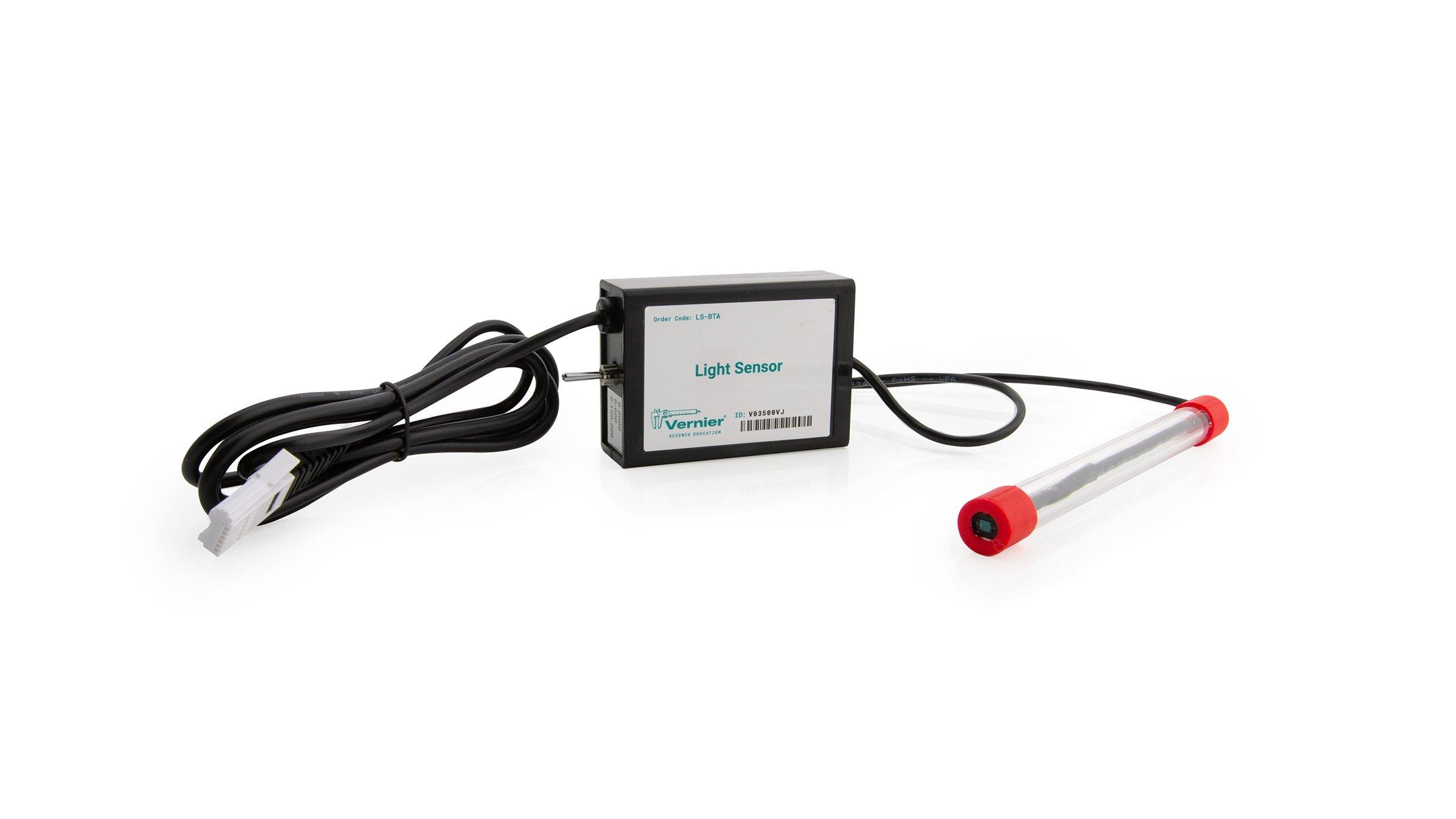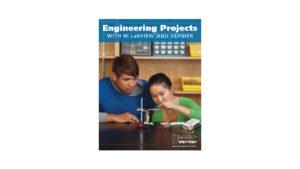Light Intensity & Stepper Motors
Experiment #6 from Engineering Projects with NI LabVIEW and Vernier
- Subject
- Engineering

Introduction
Light is an electromagnetic wave composed of alternating electric and magnetic fields. Light sources, such as flashlights, emit electromagnetic waves with electric fields that oscillate in all different directions. This type of light is called unpolarized light. There are multiple ways of separating out light whose electric fields have the same plane of oscillation. The most common is the use of polarizing filters. Polarizing filters are plastic sheets that have many aligned long-chain molecules embedded in them. When unpolarized light passes through these sheets, only the light with electric fields parallel to the long-chain molecules will pass through. Almost all other electromagnetic waves will be absorbed by the sheets. The filtered light is said to be polarized. When two polarizing filters are stacked in alignment, they transmit almost as much light as a single filter. However, as one polarizing filter is rotated relative to the other, less light passes through, and the intensity of light decreases. When one polarizing filter is rotated until it is perpendicular to the other, very little light will pass through.
Objectives
Build a device to rotate a polarizing filter using a stepper motor and the Vernier Digital Control Unit (DCU), and then write a LabVIEW program to graphically display the light intensity from a Vernier Light Sensor as the filter rotates through 360°. Your Waveform Chart should be scaled appropriately to display the entire range of light intensity for your apparatus. Place a control on the front panel to allow the user to vary the speed of the rotating filter.
Sensors and Equipment
This experiment features the following sensors and equipment. Additional equipment may be required.
Ready to Experiment?
Ask an Expert
Get answers to your questions about how to teach this experiment with our support team.
- Call toll-free: 888-837-6437
- Chat with Us
- Email support@vernier.com
Purchase the Lab Book
This experiment is #6 of Engineering Projects with NI LabVIEW and Vernier. The experiment in the book includes student instructions as well as instructor information for set up, helpful hints, and sample graphs and data.



